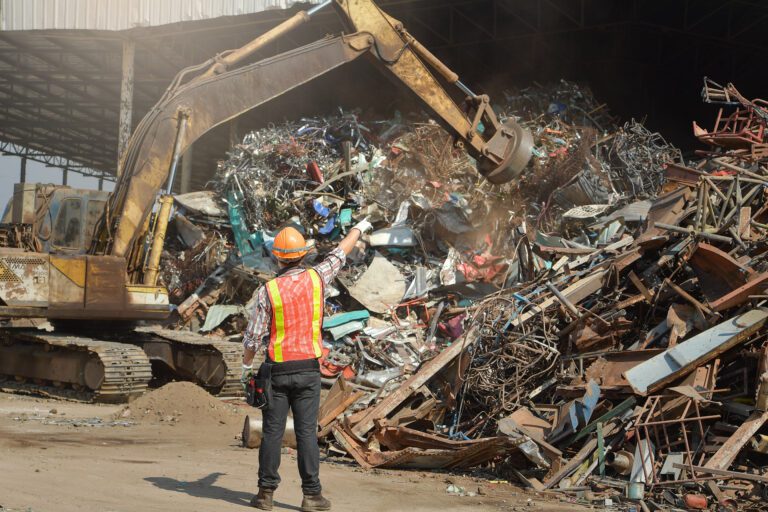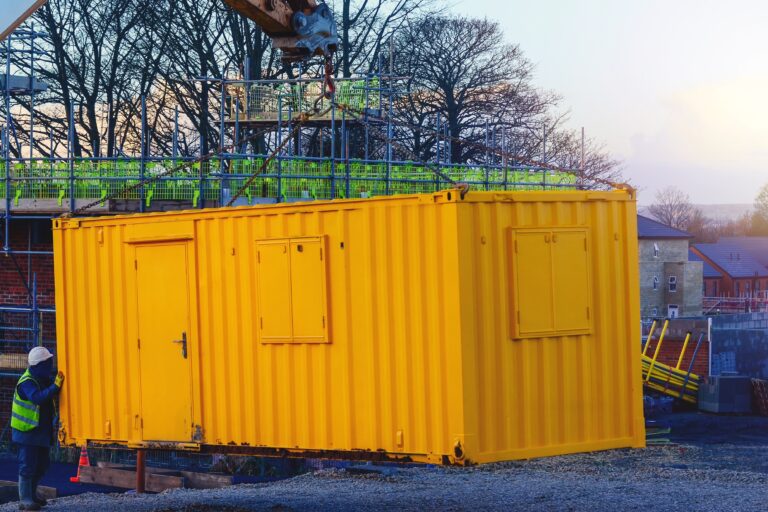15th March, 2022
Plunge Saw vs Circular Saw: Which One Do I Need?
Plunge saws and circular saws are useful, but they work in different ways. We explore the functionality of each saw to help you choose the right tool for the job.
When it comes to choosing the right tools to carry out your job, should you hire a plunge saw or a circular saw?
And more importantly what do both of these tools do?
It’s key you hire the right tools for your specific project otherwise this could delay project completion. However, many professionals still get these tools confused, and it’s not difficult to see why.
In terms of design both of these tools can look very similar which adds even more to the confusion. Whilst they are both classed as power tools, there are many features and functionalities that make one type of saw better suited to a job than the other.
That’s why we’ve put together your complete guide to explore the differences between the two.
This enables you to make better informed decisions in the future and also means you’re not wasting time and money by hiring the wrong piece of equipment – which can be very costly!
At YardLink, we’re dedicated to providing construction professionals with the reliable, robust tools they need to do their jobs. This all starts with understanding what you truly need to make sure that you’ve got the right tool for the trade.
So without further ado, let’s start by defining what a plunge saw is.
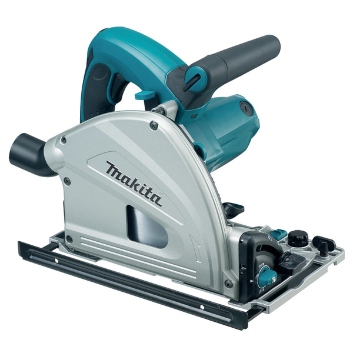
What Is a Plunge Saw?
A plunge saw, sometimes also referred to as a track saw, is a type of power tool that slides onto a rail during application.
This type of saw is capable of performing both long and accurate cuts, and it can either be fed at the start of the material or be plugged directly into where you need to cut – hence the name! This is a unique feature of a plunge saw, and gives the user more control.
In terms of application, this tool is useful for a multitude of jobs such as cutting worktops and sinks. There are some similarities with a circular saw (which we’ll discuss in more detail below) in the sense that they both feature a blade that spins and cuts.
However, a plunge saw is much more sophisticated and accurate, as rather than the guard retracting to expose the blade during cutting, a plunge saw has a fixed guard and the blade is exposed when plunging the handle to the pre-set depth.
This goes back to my earlier point that a plunge saw gives the end user more control as they can decide exactly where they want the cut to be.
Construction workers usually have the misconception that a circular saw will be able to perform the same plunge cuts. However, a circular saw will not give you the same accurate, clean cut that a plunge saw will, so you have to consider the importance of the overall finish.
This design also helps with dust extraction which makes a job cleaner and also safer, for employees using the tool. Construction dust can be very dangerous so this is an important factor to take into account.
Below are some key takeaways about a plunge saw:
- Plunge saws are used for cutting different types of sheet goods and solid timber products.
- You can use plunge cutting to replace floors and cut sinks and vents
- They usually have a built-in variable speed and a system blades for cutting different materials
- Plunge saws deliver good quality cuts and are very efficient for dust extraction
- Plunge saws can come with a range of accessories to help speed up applications such as dust bags, side fences, splinter guards, guide rails, dust covers, and a bluetooth remote
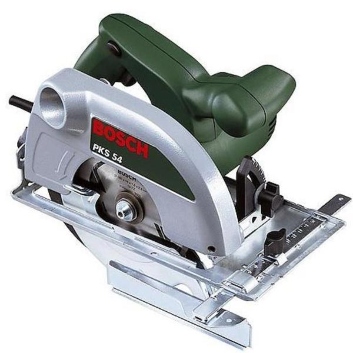
What Is a Circular Saw?
Now onto a circular saw and how these important pieces of tooling work.
A circular saw is a portable power tool used to cut a range of materials including wood, plastic, metal, concrete, bricks, and tiles.
It is capable of making both curvilinear and straight cuts and is a very popular choice among construction professionals due to its high sawing capacity.
Like a plunge saw, a circular saw uses a round blade that is lined with sharp, metal, zig-zag teeth. The blade then rotates to cut the material smoothly. These types of saws also have a handle with a trigger switch, a nut to hold the blade in place, and a guard to keep the end user safe.
You can also change the blade when you want to cut a different type of material as this will ensure you get the finish that you want to achieve.
Despite the fact that circular saws are very durable tools, they do need to be maintained to ensure proper operation. For example, you should use a small brush or compressed air to remove any dust that has accumulated inside of the machine.
Below are some key takeaways about a circular saw:
- A circular saw covers many applications such as a standard hand-held circular saw, cross cutting saw with FSK rails, and sheet saw with FS rail
- Circular saw are used for a number of jobs such as cutting timbers, ripping beams, framing materials, cutting decking, and cutting timber floors
- A circular saw has different blades for different applications
- A circular saw provides rougher quality cuts and has reasonable dust extraction
- It can come complete with the same range of accessories as a plunge saw
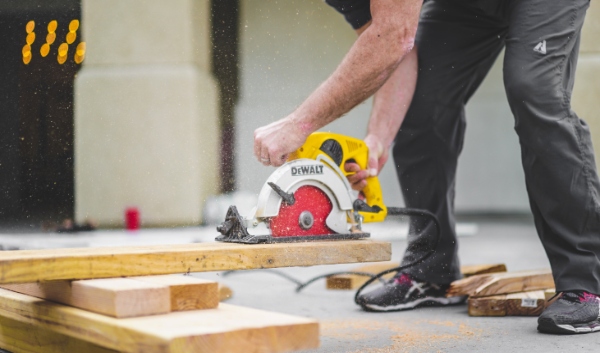
What Are the Differences Between a Plunge Saw and a Circular Saw?
Now for the bit you’ve been waiting for – what is the difference between a plunge saw and a circular saw?
Whilst we’ve touched on some of the similarities and differences above, we’ll go into more detail here to allow you to choose the tool that you need. Many tradespeople often get the two confused and don’t really understand the benefits of one tool over the other.
With that said, let’s take a look at how these two power tools differ as this could affect which one you decide to hire.
The Finish of the Cut
When using a circular saw, you’ll generally need to start cutting from the end of the material.
However, when you’re using a plunge saw, you can start cutting from anywhere you like – i.e. you can plunge straight in! This makes a plunge saw the ideal choice of tool when cutting out kitchen desktops to accommodate hobs and sinks.
Also, in terms of the finish, a plunge saw will provide you with a much cleaner cut with no possible splintering – something which is difficult to achieve when using a circular saw.
When the finish of the cut is important, choosing a plunge saw will ensure maximum accuracy and precision.
Safety
Whilst no tool with a spinning blade can ever be classed as 100% ‘safe’, a plunge saw is arguably safer than a circular saw.
That’s because a circular saw is a more basic tool. Featuring a spinning blade and a blade guard that moves out of the way while cutting, dust control is compromised. There is a port at the back of the saw which aims to draw dust and debris away from the front of the blade, but this is not always ideal.
Plunge saws on the other hand, feature an enclosed blade. The depth of the cut is also controlled via a slider at the front of the machine. With this type of saw, the blade spins and when the hand is pressed down, the blade plunges from within the guard into the material.
As such, this makes the tool safer to use, and because the blade is spinning within the guard, the dust extraction is more efficient. You can mount the plunge saw on guide rails, and cut accurately and safely.
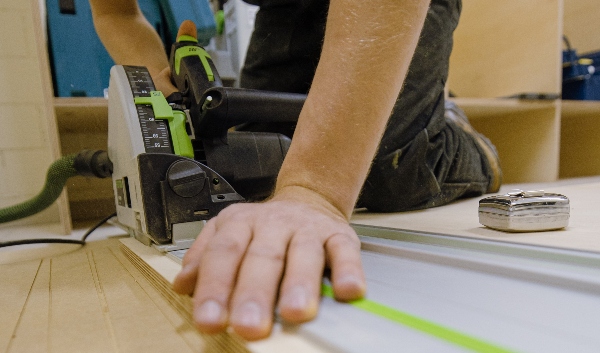
Mobility
Whilst both a plunge saw and a circular saw are portable, a circular saw is slightly easier to move from one location to another.
That’s because they are relatively small and compact in size compared to a plunge saw, making it easier for workers to take them around different job sites with ease. In contrast, plunge saws can be more uncomfortable to carry around and are much heavier, due to being permanently mounted on a bulky track.
Furthermore, some plunge saws cannot be removed from their track which is in place to sustain the units straight-cutting capacity. This means they are restricted in terms of moving locations and they can also be more difficult to store away.
Dust Management
One of the most important things to consider when choosing the right type of saw, is its capacity to extract dust. As we’ve mentioned, dust can be very dangerous and continued exposure to high volumes of dust can lead to workers becoming ill.
Plunge saws are very effective at keeping construction dust under control as they are designed to draw dust downloads and away from your face. As such, this prevents the end user from breathing in any harmful particles.
In contrast, a circular saw will usually disperse its dust wherever possible, which increases the likelihood of workers inhaling it. That said, most modern circular saw units are fitted with guards to block ejections towards the user.
However, if we compare the two in terms of dust management, circular saws are more messy – something which has to be considered when planning your next job.
Regardless of which tool you should, correct PPE should always be worn.
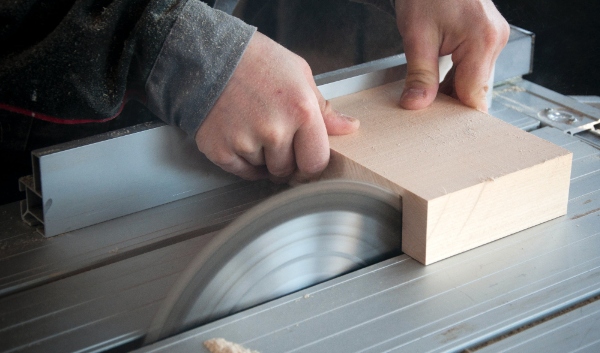
Versatility
Out of the two types of saws, a circular saw is very versatile and is suitable for a variety of jobs.
This allows a construction professional to get different tasks done which expands their service offering. It also saves them time and hassle from using several tools on a jobsite.
The reason behind this is that circular saws can be equipped with different types of blades depending on the job at hand. As a result, this lets the end user cut through a range of materials including wood, plastic, and tiles.
The blades are differentiated by their teeth and their diameter. The diameter of the blade is key as it affects the depth of the overall cut. You choose the blade to be mounted on the axis depending on the type of material that you want to cut. Bear in mind that the more the teeth the blade has, the more fine and precise the cut will be.
Circular saws can also be used to cut through dense lumber stock which adds to their diverse offering even more.
Flexibility and Manoeuvrability
When it comes to flexibility, the circular saw has the upper-hand over a plunge saw, mostly due to the reasons we have mentioned above.
To recap, a circular saw can be fitted with a range of blades to cut different materials. However, it’s not only this feature that makes the saw more flexible. It can also be used to cut at different angles including both curvilinear and straight cuts.
In contrast, a plunge saw is only capable of making straight cuts from one end of a material to another. Due to its fixed orientation, it is unable to adapt to fit different angles as it slides along a fixed track.
However, because of its design, the plunge saw comes out top trumps in terms of accuracy. It has a much less aggressive blade which ensures a smooth finish.

Plunge Saw vs Circular Saw: Which One Do I Need?
When it comes to choosing between a plunge saw and a circular saw, we hope you now have the knowledge to pick the best tool.
It all comes down to the specific job at hand, as circular saws and plunge saw each come with their own set of pros and cons.
As we’ve discussed, plunge saws provide maximum accuracy but limited flexibility.
On the other hand, circular saws deliver a rougher finish but are much more flexible, due to the fact you can switch out different blades depending on the type of material you’re working with.
There’s a lot to consider, so understanding the purpose of the job will inform your decision. At YardLink, we provide a whole host of power tools including saws. All of our tools are available for next day delivery which allows you to complete projects without delay.
Perhaps you’re still unsure about which saw you need or you would like to speak to an expert about your project requirements further? All you need to do is get in touch with a member of the YardLink team and find out how we can help.
YOU MIGHT ALSO BE INTERESTED IN



